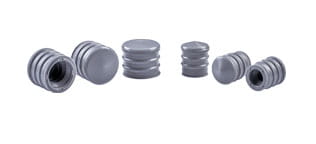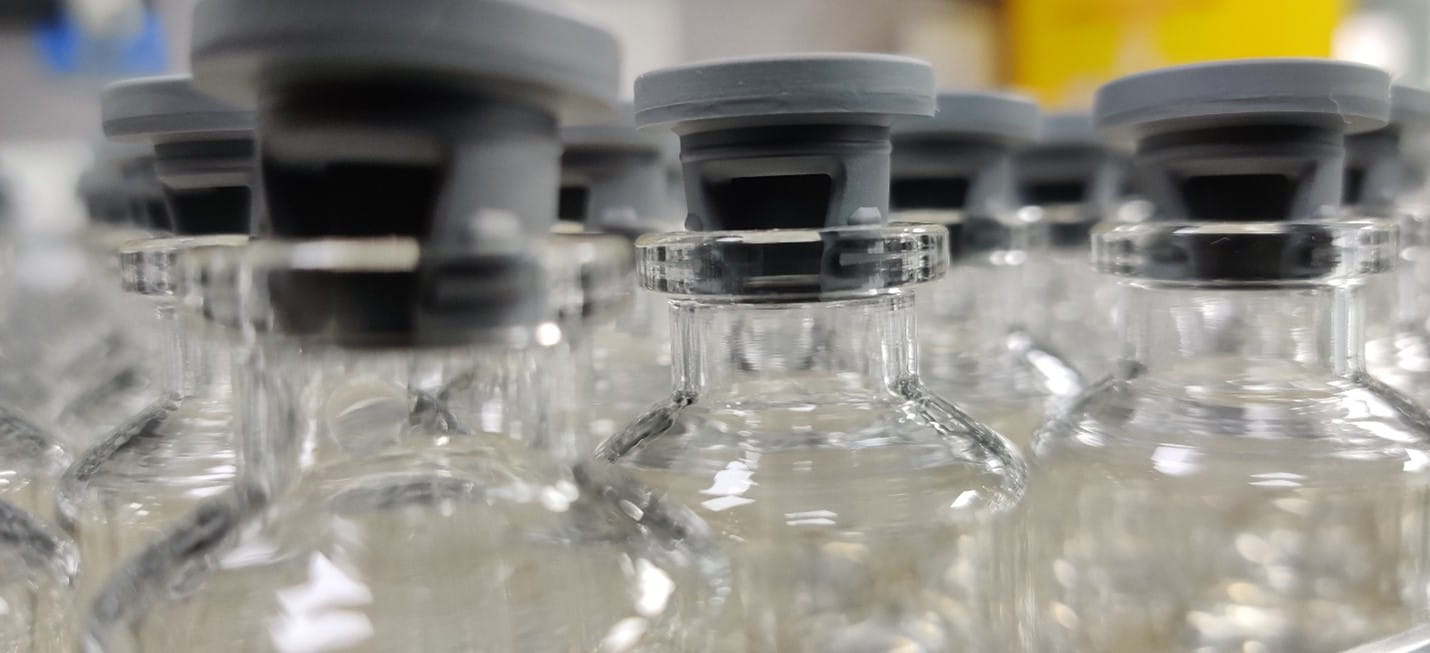Where Did That Particle Come From?
Particles in drug products can come from many sources—extrinsic (from outside the process), intrinsic (from within the process) and even inherent (as part of the drug formulation)1.
![]()
Therefore, performing a root cause analysis for particles is definitely neither an easy nor simple task. However, an analysis is necessary to prevent further occurrences of similar particle issues.
For injectable products, particle issues become even more crucial. This is because there is the risk that small particles in the drug product could be drawn into a syringe and subsequently injected into the patient. Depending on a number of factors2—including the nature of the particle, particle size and shape, and patient population—a contaminated injectable product has the potential to result in inflammation, allergic reactions, or blocked vessels, which can cause damage to tissues and organs and may even be life threatening if vital organs are affected. When particles are found in a vial of injectable drug, it will be a race against time to determine the source of the particles, the extent of the issue, and the impact of the defect. The defective product will also need to be removed from the market.
Based upon our experience, West has developed the following questions to help a drug manufacturer deduce the source of the particle, better understand the extent of situation, and ultimately resolve the issue regarding the closure as a potential source of particulates.
- What is the nature/identity of the particle?
- Is it embedded or loose particle?
- Where is the particle found?
- What is the size and quantity of particle found?
- What drug product is being contained?
- What are the processing and parameters carried out on the components/product?
- How are the incoming checks performed on the various components/raw materials?
- How are the release testing/inspections performed on the finished product?
- What is the acceptance/specification?
- What are the test methods used?
West has developed a range of NovaPure® components, following Quality by Design (QbD) principles that help mitigate risk related to particulate. With our pharmaceutical customer’s goal in mind, Quality Target Product Profiles (QTPPs) have been defined for NovaPure® that include “Drug Product Compatibility – Fit for Use” with a Critical Quality Attribute (CQA) “Particle Characterization” and very low particle count limits are established for visible and sub-visible size ranges.
With quality built in from the start, NovaPure® components can help to reduce risk of defective drug products with its high quality standards and better consistency.
References:
- John G. Shabushnig, Ph.D. “Visible Particles: Regulatory and Compendial Requirements.” June 2014Presented at PDA Ireland Chapter Visual Inspection Seminar.
- Stephen E. Langille. “Particulate Matter in Injectable Drug Products” PDA J Pharm Sci and Tech 2013, 67. 186-200. Web. 21 July 2015.
NovaPure® is a registered trademark of West Pharmaceutical Services, Inc. in the United States and other jurisdictions.










